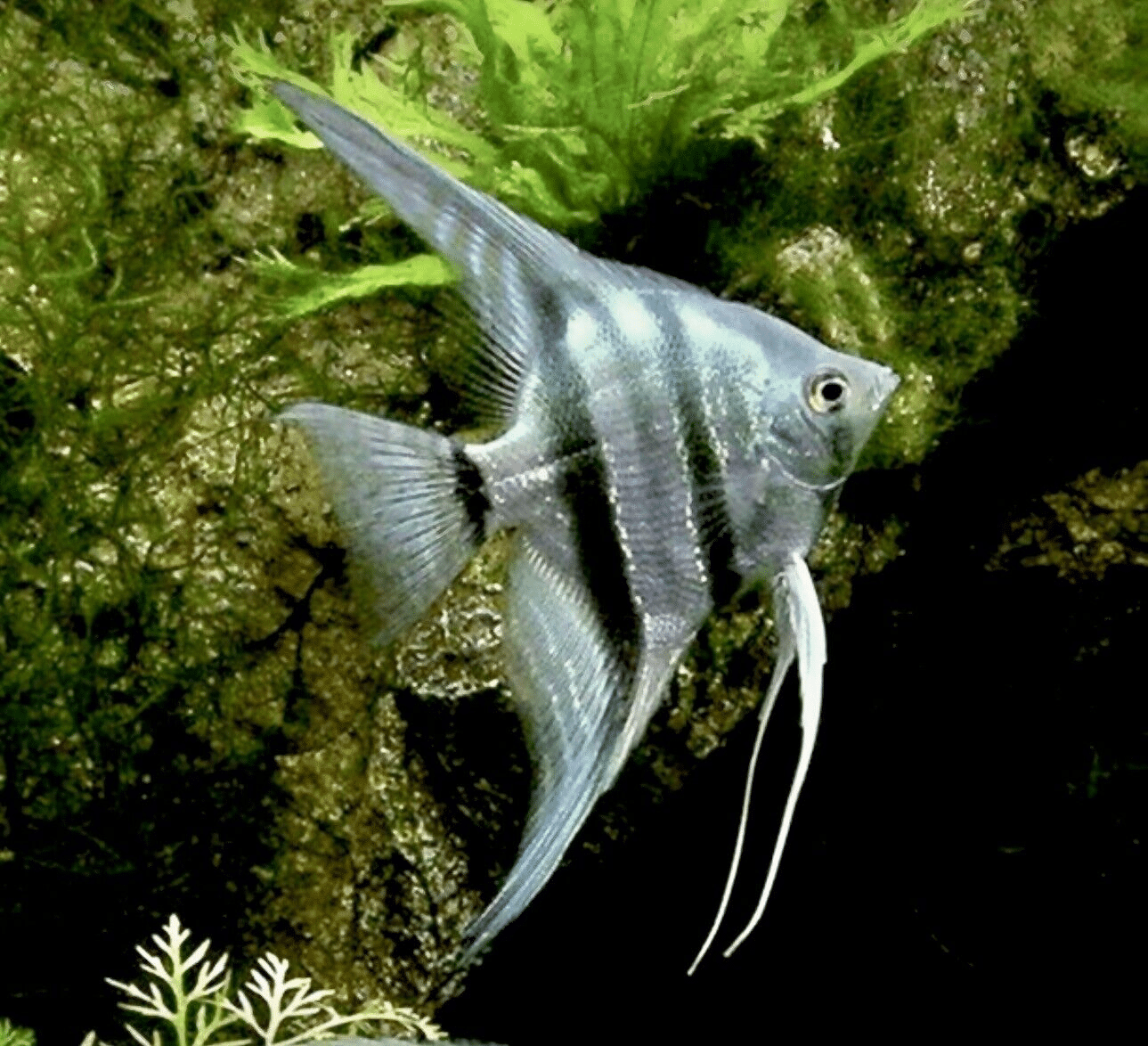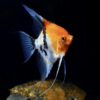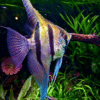-
×

-
×

-
×

-
×
 Purple Vampire Crab - Geosesarma Dennerle - Decapod Crustacean
2 × £7.74
Purple Vampire Crab - Geosesarma Dennerle - Decapod Crustacean
2 × £7.74 -
×

-
×
 Red Devil Vampire Crab - Geosesarma Hagen - Decapod Crustacean
2 × £8.71
Red Devil Vampire Crab - Geosesarma Hagen - Decapod Crustacean
2 × £8.71 -
×

-
×

-
×

Subtotal: £208.05










Emily Carter (verified owner) –
I recently purchased 3 angelfish (Pterophyllum scalare) for my 55-gallon aquarium, and I couldn’t be happier with my decision! These tropical fish are not only stunning with their graceful fins and vibrant colors, but they also have such unique personalities. After a week of acclimatization, they settled in wonderfully and have been exploring every nook and cranny of my tank. I’ve noticed they interact with each other and even with my other fish species, creating a lively environment.
What sets these angelfish apart from others I’ve tried is their resilience and adaptability. They’ve thrived in a well-maintained community tank, and I appreciate that they seem to be in great health. My only minor concern was the initial shipping; one fish arrived a bit stressed, but after a few hours of gentle acclimatization in a quiet corner, they perked up.
I would highly recommend these angelfish for both new and experienced hobbyists alike. They’re perfect for anyone wanting to add beauty and character to their aquarium. Trust me, you won’t regret adding these gorgeous creatures to your aquatic family!
Emily Carter (verified owner) –
I recently added three Angelfish (Pterophyllum Scalare) to my community aquarium, and I couldn’t be happier! These stunning freshwater fish have transformed my underwater world with their graceful movements and vibrant colors. It’s been about two weeks since they joined my tank, and they have settled in beautifully. I love watching them interact with my other fish and explore their environment.
What sets these angelfish apart is their personality — they are curious and social, which makes the whole experience so rewarding. I did a lot of research before purchasing and found that these angelfish are much more engaging than other cichlids I considered. Their care requirements are also manageable, making them perfect for both beginners and seasoned aquarists like myself.
One minor concern was that they were a bit shy at first, but after a few days, they really started to come out of their shells. I recommend providing plenty of hiding spots and plants to give them security. Overall, I wholeheartedly recommend these angelfish for anyone looking to enhance their aquarium with beautiful, vibrant freshwater fish. You’re sure to love them as much as I do!